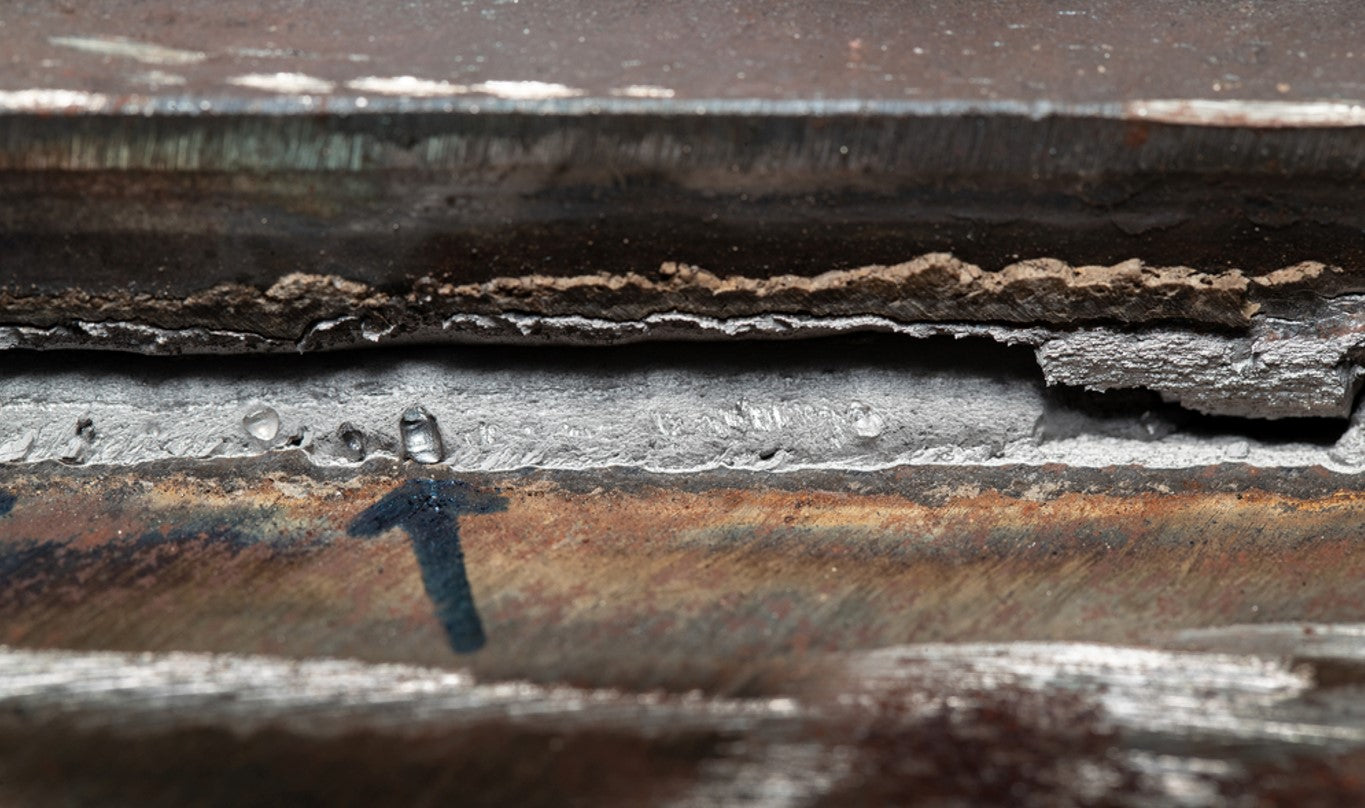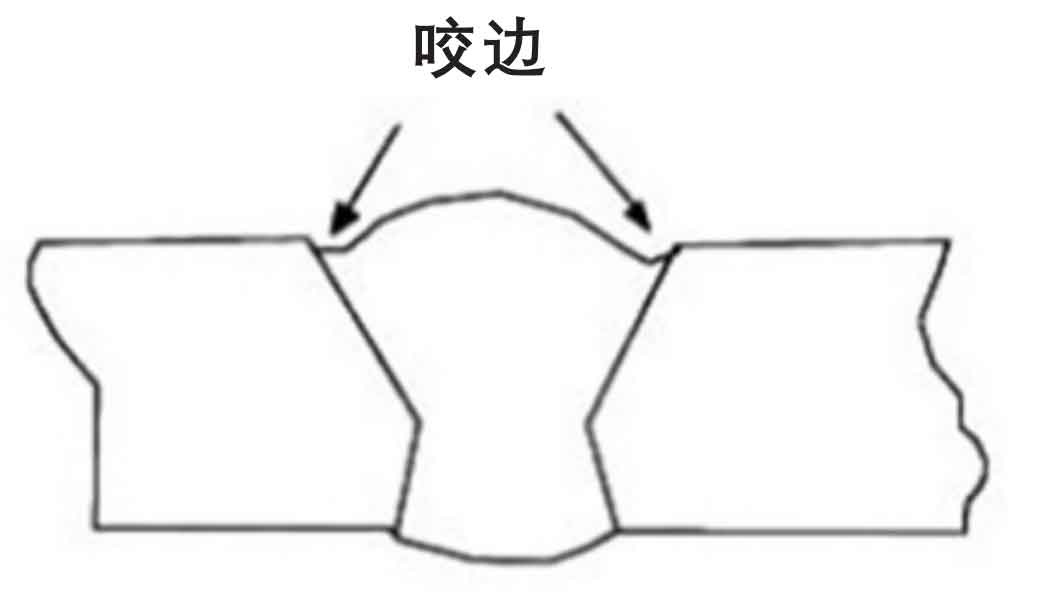Step-by-Step Guide to Preventing Weld Undercut in Different Metals
Step-by-Step Guide to Preventing Weld Undercut in Different Metals
Blog Article
Understanding the Art of Welding: How to Stay Clear Of Undercut Welding Issues for Flawless Fabrication Outcomes
Efficiency and precision are extremely important in the world of welding, where also the slightest flaw can endanger the structural stability of a made piece. One typical obstacle that welders face is damaging, a problem that can deteriorate a weld joint and lead to expensive rework. By recognizing the source of undercut welding and carrying out reliable techniques to avoid it, welders can boost their craft to brand-new levels of excellence (Preventing weld undercut). In the quest of perfect manufacture results, mastering the art of welding to prevent undercut problems is not simply an ability yet a requirement for those striving for perfection in their job.
Understanding Undercut Welding

To stop undercut welding, welders ought to make certain proper welding specifications, such as adjusting the present, voltage, traveling speed, and preserving the proper electrode angle. Additionally, making use of the appropriate welding method for the particular joint arrangement is important. Using weaving activities or backstepping techniques can assist make certain proper weld metal deposition and lower the likelihood of undercut formation. Normal evaluation of welds throughout and after the welding procedure is also important to capture any kind of undercut early and make required modifications to protect against further problems. Preventing weld undercut. By comprehending the reasons of undercut welding and applying safety nets, welders can accomplish top notch, structurally audio welds.
Sources Of Undercut in Welding
Comprehending the elements that add to undercut in welding is important for welders to produce top quality, structurally sound welds. When the weld steel does not effectively load the groove created in between the base metal and the previously transferred weld steel, undercutting occurs. Several variables can bring about damage in welding. One typical cause is too much warm input. Welding at heats for extended durations can cause the base metal thawing even more than preferred, leading to damage. Insufficient welding wrong or current welding speed can likewise contribute to damage. Inadequate current may not supply adequate warm to melt the base and filler steels appropriately, while extreme speed can avoid correct combination, causing undercut. Furthermore, improper electrode angles or wrong lantern manipulation techniques can produce locations of low weld steel deposition, promoting undercut. Comprehending these reasons and applying correct welding methods can help avoid undercutting concerns, making sure strong and long lasting welds.
Methods to Avoid Undercutting

To alleviate the risk of damaging in welding, welders can employ critical welding methods intended at improving the high quality and integrity of the weld joints. One efficient method is to change the welding criteria, such as voltage, existing, and take a trip rate, to guarantee correct warm input and deposition. Preserving a suitable electrode angle and making sure consistent travel speed can additionally help prevent undercut. In addition, utilizing the right welding strategy for the particular joint configuration, such as weave or stringer grains, can add to decreasing undercutting. Preventing weld undercut.
Furthermore, proper joint preparation, consisting of making sure clean base products devoid of find out pollutants and making use of the proper welding consumables, is critical in preventing undercut problems. Employing back-step welding strategies and managing the weld bead profile can likewise help disperse warmth equally and minimize the threat of undercut. Normal examination of the weld joint during and after welding, as well as applying quality guarantee procedures, can help in dealing with and finding damaging issues without delay. By executing these techniques diligently, welders can achieve remarkable construction results with very little undercut problems.
Value of Proper Welding Criteria
Choosing and maintaining suitable welding specifications is vital for achieving effective welds with marginal defects. Welding specifications refer to variables such as voltage, current, travel speed, electrode angle, and protecting gas flow price that directly affect the welding process. see this page These specifications must be carefully adjusted based upon the sort of material being welded, its density, and the welding method employed.
Appropriate welding criteria make certain the best quantity of warmth is put on thaw the base metals and filler material consistently. If the parameters are established expensive, it can lead to extreme warmth input, creating spatter, distortion, or burn-through. On the various other hand, if the specifications are too reduced, insufficient combination, absence of infiltration, or undercutting may occur.
Quality Guarantee in Welding Operations

Final Thought
Finally, understanding the art of welding calls for an extensive understanding of undercut welding, its causes, and methods to prevent it. By guaranteeing proper welding parameters and applying high quality guarantee techniques, remarkable fabrication results can be achieved. It is necessary for welders to continually make every effort for quality in their welding operations to prevent undercut problems and produce top quality welds.
Undercut welding, a common flaw in welding processes, occurs when the weld metal doesn't properly fill up the groove and leaves a groove or depression along the welded joint.To protect against undercut welding, welders must make certain proper welding parameters, such as changing the existing, voltage, travel speed, and keeping the right electrode angle. Insufficient welding incorrect or present welding rate can also add to undercut.To reduce the danger of damaging in welding, welders can utilize critical welding methods aimed at enhancing the top quality and honesty of the weld joints.In verdict, mastering the art of welding requires an extensive understanding of undercut welding, its causes, and techniques to prevent it.
Report this page